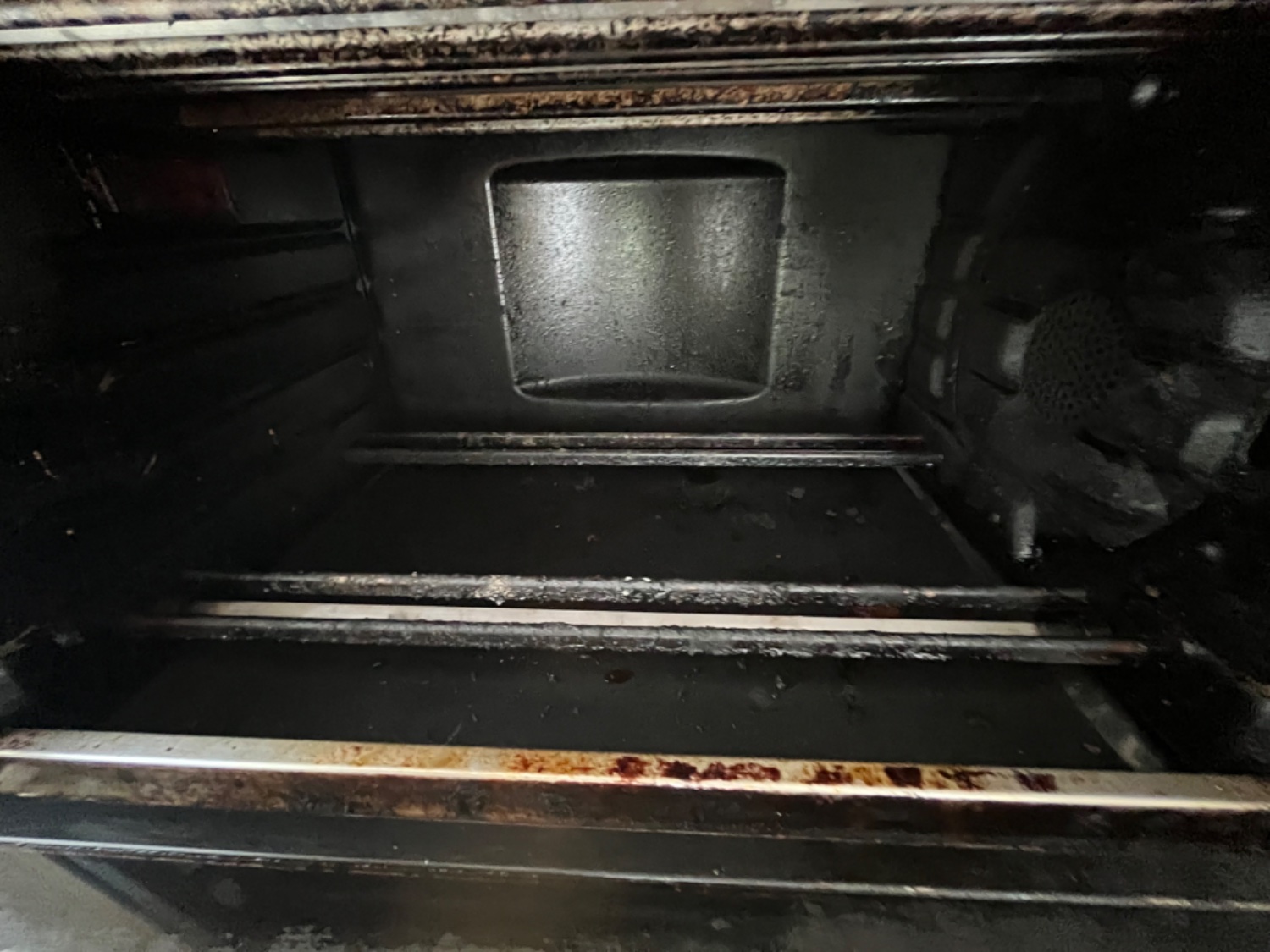Some good knowledge on what makes a quality sheet ~click to expand~
Rethinking Thread Count: Quality Over Quantity
1. Understanding Thread Count
- Definition: Thread count is the total number of horizontal (weft) and vertical (warp) threads woven into one square inch of fabric.
- Traditional View: Historically, a higher thread count was associated with finer, softer, and more durable sheets.
2. The Misleading Nature of High Thread Counts
- Manipulative Counting:
- Some manufacturers artificially inflate thread counts by counting individual fibers (plies) within a thread.
- A two-ply thread (two fibers twisted together) might be counted as two threads instead of one.
- Lack of Regulation:
- There's no strict industry standard regulating how thread count is calculated.
- This allows brands to market sheets with exorbitant thread counts (e.g., 1000+) that don't necessarily reflect better quality.
3. The Reality Behind Thread Count Numbers
- Optimal Thread Count Range:
- Experts suggest that the ideal thread count for cotton sheets lies between 300 and 500.
- Beyond this range, improvements in softness or durability are minimal.
- Material Quality Matters More:
- Sheets with a lower thread count made from high-quality, long-staple cotton can outperform higher thread count sheets made from inferior cotton.
- Staple Length: Longer cotton fibers result in fewer fiber ends exposed, leading to smoother and stronger fabric.
The Critical Role of Cloth Thickness
1. Measuring Thickness in Mils
- What is a Mil?
- A mil is a unit of measurement equal to one-thousandth of an inch (0.001 inch).
- In metric terms, 1 mil is approximately 0.0254 millimeters.
- Application in Textiles:
- While not commonly used in consumer textiles, mils can measure the precise thickness of fabrics, offering insight into their durability and feel.
2. Importance of Thickness Measured in Mils
- Durability and Strength:
- Thicker Fabrics: Higher mil thickness indicates a thicker fabric that is generally more durable and resistant to wear and tear.
- Longevity: Thicker sheets can endure more washes without thinning, fraying, or pilling.
- Comfort and Thermal Properties:
- Warmth: Thicker sheets provide additional warmth, suitable for cooler climates or seasons.
- Weight and Feel: A higher mil thickness gives sheets a more substantial, luxurious feel.
- Breathability:
- Airflow Considerations: Increased thickness may reduce airflow, potentially causing discomfort in warmer environments.
- Material Influence: The breathability of a thick sheet also depends on the type of material and weave.
3. Thickness vs. Weight (GSM)
- Grams per Square Meter (GSM):
- GSM measures the weight of fabric in grams per one square meter.
- A higher GSM generally means a heavier and possibly thicker fabric.
- Mils vs. GSM:
- Mils measure physical thickness, providing a direct sense of the fabric's heft.
- GSM measures weight, which can correlate with thickness but also depends on the density of the material.
Beyond Thread Count and Thickness: Other Quality Factors
1. Material Quality
- Fiber Type:
- Long-Staple Cotton: Varieties like Egyptian, Pima, or Supima cotton have longer fibers, contributing to softness and strength.
- Alternative Materials: Linen, bamboo, and Tencel are other high-quality materials offering different textures and benefits.
- Fiber Quality:
- The purity and processing of the fibers affect the final feel and durability of the sheets.
2. Weave Types
- Percale:
- A simple, tight, one-over-one-under weave.
- Characteristics: Crisp, cool, and breathable, ideal for warm sleepers.
- Sateen:
- Woven with a one-under, three- or four-over pattern.
- Characteristics: Smooth, lustrous surface with a silky feel but may be less breathable.
3. Finishing Processes
- Chemical Treatments:
- Some sheets undergo treatments to enhance softness or wrinkle resistance.
- Impact: Can affect the longevity and natural feel of the fabric.
- Mechanical Finishing:
- Processes like calendaring (pressing with heated rollers) can add sheen and smoothness.
Making an Informed Bedding Choice
1. Prioritize Material Over Numbers
- Quality Over Quantity:
- A lower thread count sheet made from superior materials often outperforms higher thread count sheets made from lower-quality fibers.
- Authenticity:
- Purchase from reputable brands that provide transparency about their materials and manufacturing processes.
2. Consider Thickness Alongside Other Factors
- Balance is Key:
- Choose a thickness that aligns with your comfort preferences and climate needs.
- Understand Measurements:
- Recognize that mil thickness offers precise information about fabric thickness, complementing other measurements like thread count and GSM.
3. Personal Comfort and Preferences
- Feel the Fabric:
- Whenever possible, touch the sheets before purchasing to assess their texture and weight.
- Read Reviews:
- Customer feedback can provide insights into the sheet's performance over time.
Conclusion
While thread count has been traditionally used as a benchmark for sheet quality, it's no longer a reliable indicator due to modern manufacturing and marketing practices. Cloth thickness, especially when measured precisely in mils, plays a significant role in determining the durability, comfort, and overall feel of your sheets.
Key Takeaways:
- Thread Count Limitations:
- Be wary of inflated thread counts. Numbers exceeding 500 may not offer additional benefits and could be misleading.
- Importance of Thickness:
- Thickness measured in mils provides valuable insight into the sheet's durability and feel but should be considered alongside other factors.
- Holistic Evaluation:
- Focus on material quality, weave type, and finishing processes in addition to thread count and thickness.
- Personal Preference:
- The best sheets cater to your individual comfort needs, climate considerations, and aesthetic preferences.
